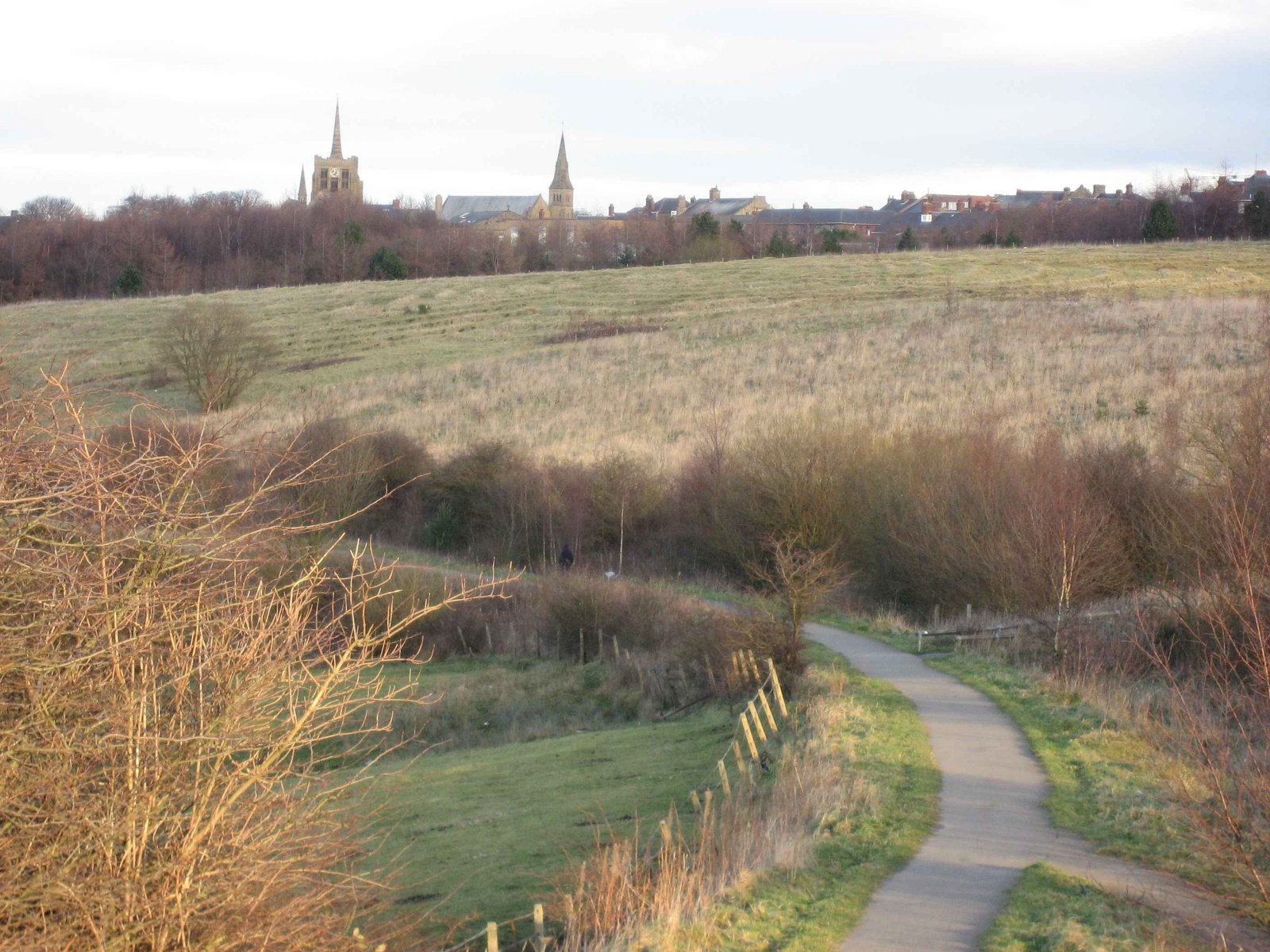|
White-le-Head
White-le-Head is a village in County Durham, in England, situated in close proximity to the village of Tantobie. It is located on the opposite side of the Tanfield Tanfield may refer to: People *Charlie Tanfield (born 1996), British racing cyclist *Elizabeth Tanfield (1585–1635), English poet and dramatist *Francis Tanfield (1565–?), Proprietary Governor of the South Falkland colony in Newfoundland *Lawr ... valley to Stanley. Villages in County Durham Stanley, County Durham {{Durham-geo-stub ... [...More Info...] [...Related Items...] OR: [Wikipedia] [Google] [Baidu] |
Stanley, County Durham
Stanley is a former colliery town and civil parish in County Durham, North East England. Centred on a hilltop between Chester-le-Street and Consett, the town lies south west of Gateshead. Stanley was formerly divided into three distinct settlements – the main town of West Stanley and the mining villages of East Stanley and South Stanley. Through a process of gradual expansion, these have become amalgamated into one town, with East and South Stanley no longer officially used as town names (although they are still recognised colloquially). The civil parish of Stanley was created in 2007 and takes in not only Stanley, but the villages of Annfield Plain, Tanfield, Craghead, Catchgate, Tantobie, Tanfield Lea, South Moor, White-le-Head, Bloemfontein, Clough Dene, Greencroft, Harelaw, Kip Hill, The Middles, New Kyo, No Place, Oxhill, Quaking Houses, Shield Row, and West Kyo. The current parish covers the vast majority of the former Stanley Urban District Council area, with the ... [...More Info...] [...Related Items...] OR: [Wikipedia] [Google] [Baidu] |
County Durham
County Durham ( ), officially simply Durham,UK General Acts 1997 c. 23Lieutenancies Act 1997 Schedule 1(3). From legislation.gov.uk, retrieved 6 April 2022. is a ceremonial county in North East England.North East Assembly �About North East England. Retrieved 30 November 2007. The ceremonial county spawned from the historic County Palatine of Durham in 1853. In 1996, the county gained part of the abolished ceremonial county of Cleveland.Lieutenancies Act 1997 . Retrieved 27 October 2014. The county town is the of |
England
England is a country that is part of the United Kingdom. It shares land borders with Wales to its west and Scotland to its north. The Irish Sea lies northwest and the Celtic Sea to the southwest. It is separated from continental Europe by the North Sea to the east and the English Channel to the south. The country covers five-eighths of the island of Great Britain, which lies in the North Atlantic, and includes over 100 smaller islands, such as the Isles of Scilly and the Isle of Wight. The area now called England was first inhabited by modern humans during the Upper Paleolithic period, but takes its name from the Angles, a Germanic tribe deriving its name from the Anglia peninsula, who settled during the 5th and 6th centuries. England became a unified state in the 10th century and has had a significant cultural and legal impact on the wider world since the Age of Discovery, which began during the 15th century. The English language, the Anglican Church, and Engli ... [...More Info...] [...Related Items...] OR: [Wikipedia] [Google] [Baidu] |
Tantobie
Tantobie is a former colliery village in County Durham, England. It is situated 2 miles to the northwest of Stanley and the same distance to the north of Annfield Plain. Older maps of the area show the village under the name "Tantovy". The etymology is doubtful: it looks as if it ends in Old Norse ''by'' "village", "farm", like Lockerbie and Formby, but the meaning is uncertain. To the east is a small housing estate named 'Sleepy Valley', which is close to the village of Tanfield, Durham Tanfield is a former mining village in County Durham, England, near Stanley, and the location of Tanfield Railway, the Causey Arch and Tanfield School. History The village was first recorded in 1179 as Tamefeld, believed to be Old English .... Notable people :''See :People from Tantobie'' References External links Villages in County Durham Stanley, County Durham {{Durham-geo-stub ... [...More Info...] [...Related Items...] OR: [Wikipedia] [Google] [Baidu] |
Tanfield, County Durham
Tanfield is a former mining village in County Durham, England, near Stanley, and the location of Tanfield Railway, the Causey Arch and Tanfield School. History The village was first recorded in 1179 as Tamefeld, believed to be Old English for "field by the River Team", but it is mentioned in an account by John of Hexham of the Scottish invasion of 1138. The village church is from the 10th century. Economy Collieries * Tanfield Lea Colliery, Tanfield Lea. Closed 25 August 1962. Owners:- Lambton, Hetton & Joicey Collieries Ltd; (1947) NCB. Location:- (Sheet 88) NZ188544, 54° 53' 2" N, 1° 42' 25" W, SW of Newcastle. * Tanfield Moor Colliery, Tantobie. Opened before 1828. Closed Oct 1948. Owners:- Lambton, Hetton & Joicey Collieries Ltd. Location:- (Sheet 88) NZ169545, 54° 53' 6" N, 1° 44' 12" W, SW of Newcastle. * East Tanfield Colliery, Tantobie. Opened 1844. Closed January 1965. Owners: - James Joicey (from 1844), East Tanfield Colliery Co. Limited (from 1917), South D ... [...More Info...] [...Related Items...] OR: [Wikipedia] [Google] [Baidu] |
Villages In County Durham
A village is a clustered human settlement or community, larger than a hamlet but smaller than a town (although the word is often used to describe both hamlets and smaller towns), with a population typically ranging from a few hundred to a few thousand. Though villages are often located in rural areas, the term urban village is also applied to certain urban neighborhoods. Villages are normally permanent, with fixed dwellings; however, transient villages can occur. Further, the dwellings of a village are fairly close to one another, not scattered broadly over the landscape, as a dispersed settlement. In the past, villages were a usual form of community for societies that practice subsistence agriculture, and also for some non-agricultural societies. In Great Britain, a hamlet earned the right to be called a village when it built a church. [...More Info...] [...Related Items...] OR: [Wikipedia] [Google] [Baidu] |


